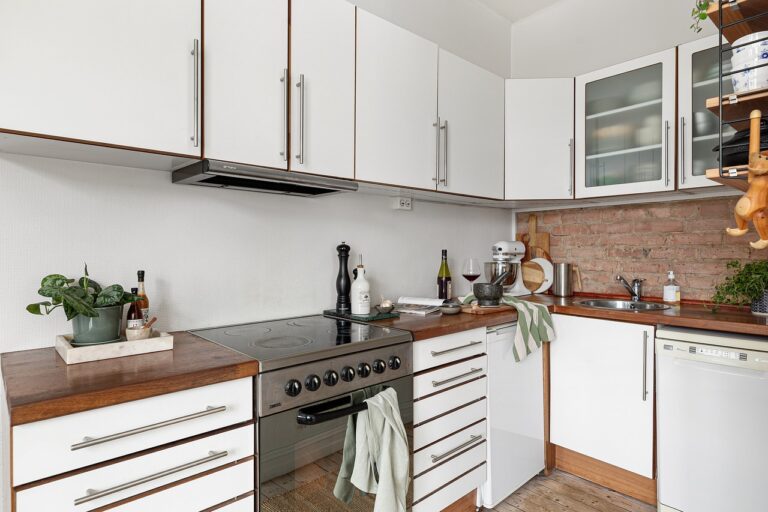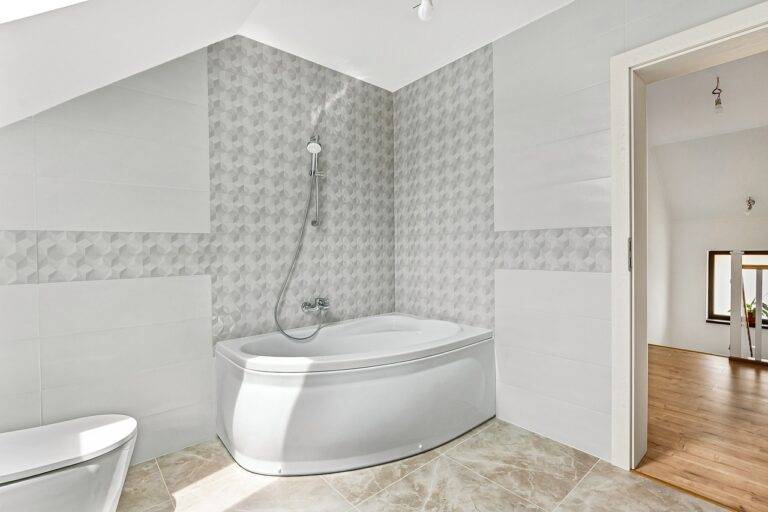The Importance of Universal Design: Creating Accessible Homes for All Ages
Universal design is essential for creating accessible homes that cater to the needs of individuals with diverse abilities. By incorporating universal design principles into the structure and layout of a home, it becomes more user-friendly and convenient for everyone, regardless of their age or physical capabilities. This inclusive approach to design ensures that individuals can navigate their living spaces safely and independently, promoting a sense of autonomy and well-being.
Furthermore, implementing universal design in home accessibility can help prevent accidents and injuries, especially for older adults and individuals with disabilities. Features such as wider doorways, lever handles, and grab bars not only enhance the overall functionality of a home but also contribute to a safer environment for residents. By prioritizing universal design, homeowners can create living spaces that are welcoming, comfortable, and supportive for all occupants.
Understanding the Impact of Universal Design on Aging in Place
Universal design is a crucial aspect to consider when designing or renovating a home with the goal of supporting aging in place. By incorporating universal design principles, homes can be made accessible and functional for individuals as they age. Simple modifications like wider doorways, lever-style door handles, and zero-step entrances can significantly improve mobility and independence for older adults.
Furthermore, the thoughtful inclusion of features such as grab bars in bathrooms, non-slip flooring, and well-placed lighting can enhance safety and comfort for seniors aging in place. These design elements not only promote physical well-being but also contribute to emotional well-being by allowing individuals to maintain their sense of autonomy and dignity within their own homes. Ultimately, embracing universal design can transform living spaces into environments that facilitate aging in place successfully and gracefully.
The Benefits of Universal Design for Individuals with Disabilities
Creating living spaces that are inclusive and accessible for individuals with disabilities is not just about meeting basic requirements; it is about fostering independence and enhancing quality of life. Universal design principles incorporate features that consider the diverse needs of individuals, making homes more functional and comfortable for everyone. From lever handles on doors to adjustable countertops, these modifications contribute to a more user-friendly environment that can greatly benefit individuals with disabilities.
One of the key advantages of universal design for individuals with disabilities is the promotion of safety and autonomy within their living environment. By implementing features such as grab bars in bathrooms, wider doorways for wheelchair access, and non-slip flooring surfaces, individuals can navigate their homes with greater ease and confidence. These adaptations not only increase mobility but also instill a sense of empowerment, allowing individuals to live more independently and participate fully in daily activities.
• Universal design principles consider diverse needs of individuals
• Features like lever handles, adjustable countertops make homes more functional
• Modifications create a user-friendly environment for individuals with disabilities
One of the key advantages of universal design for individuals with disabilities is the promotion of safety and autonomy within their living environment. By implementing features such as grab bars in bathrooms, wider doorways for wheelchair access, and non-slip flooring surfaces, individuals can navigate their homes with greater ease and confidence. These adaptations not only increase mobility but also instill a sense of empowerment, allowing individuals to live more independently and participate fully in daily activities.
• Features like grab bars promote safety and autonomy
• Wider doorways enable wheelchair access
• Non-slip flooring surfaces enhance mobility and confidence
What is Universal Design?
Universal Design is the concept of creating products, environments, and systems that are accessible and usable for people of all ages and abilities.
Why is Universal Design important for individuals with disabilities?
Universal Design ensures that individuals with disabilities have equal access to spaces and services, promoting independence and inclusion.
How does Universal Design benefit individuals with disabilities in their homes?
Universal Design features such as wider doorways, zero-step entrances, and grab bars can make homes more accessible and safer for individuals with disabilities.
Can Universal Design help individuals with disabilities age in place?
Yes, Universal Design can help individuals with disabilities age in place by making their homes more accessible and accommodating to their changing needs.
Are there any specific benefits of Universal Design for individuals with disabilities?
Yes, some benefits of Universal Design for individuals with disabilities include increased independence, improved safety, and enhanced quality of life.







